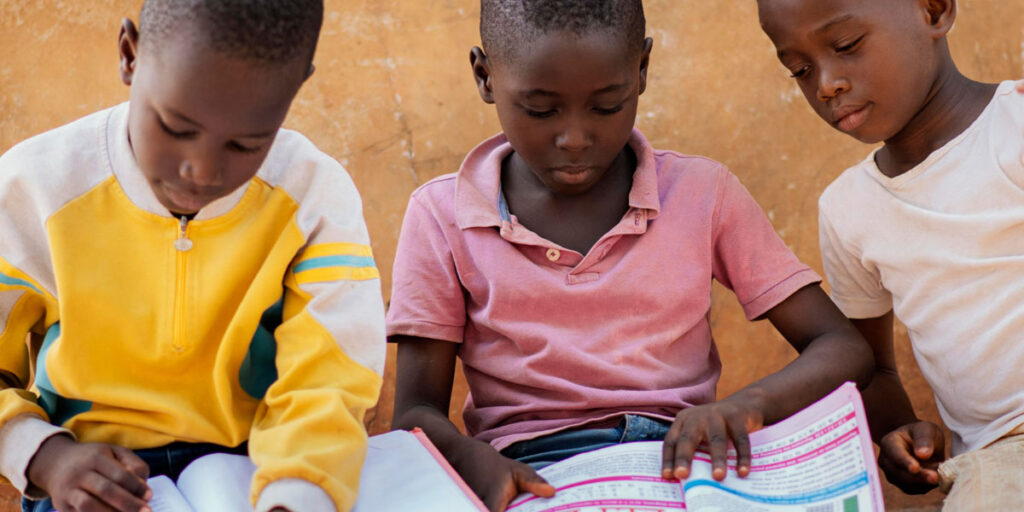Limited access to education is a significant challenge facing Somalia, impacting the country’s development and the future of its youth. Here’s a closer look at the factors contributing to this issue and its implications.
Key Factors Contributing to Limited Access
- Insecurity and Conflict:
- Ongoing conflict and instability have disrupted educational systems, making schools unsafe. In many regions, armed groups target schools, leading to fears among families about sending their children.
- Poverty:
- High poverty rates force families to prioritize immediate economic needs over education. Many children are required to work to support their households, limiting their ability to attend school.
- Cultural Barriers:
- Cultural norms and practices can hinder access, particularly for girls. In some communities, there is a preference for early marriage over education, leading to a lack of opportunities for young women.
- Geographic Isolation:
- Remote and rural areas often lack schools, transportation, and infrastructure. Children in these regions may need to travel long distances to reach the nearest educational facility, which is often impractical.
- Resource Constraints:
- Many schools are underfunded and lack basic resources, such as qualified teachers, learning materials, and facilities. This makes it difficult to provide quality education and attract students.
Implications of Limited Access
- High Illiteracy Rates:
- Limited access to education contributes to high illiteracy rates, particularly among women and girls. This affects individuals’ ability to participate fully in society and the economy.
- Economic Consequences:
- A lack of education limits job opportunities and economic growth. An uneducated workforce cannot meet the demands of a modern economy, hindering national development.
- Social Inequality:
- Disparities in educational access perpetuate social inequality. Marginalized groups, including rural populations and the disabled, face even greater barriers, leading to further exclusion.
- Health and Well-being:
- Education is closely linked to health outcomes. Limited access to education can lead to poor health literacy, affecting individuals’ ability to make informed health decisions and access healthcare services.
Possible Solutions
- Community Schools:
- Establishing community-based schools can help reach children in remote areas. These schools should be designed to meet local needs and involve community participation in their operation.
- Incentives for Attendance:
- Providing financial incentives, such as scholarships or conditional cash transfers, can encourage families to send their children to school, particularly girls.
- Awareness Campaigns:
- Raising awareness about the importance of education can change cultural perceptions and encourage families to prioritize schooling, especially for girls.
- Improving Security:
- Ensuring the safety of schools and students is critical. Collaborating with local authorities and communities to create secure environments can help rebuild trust in educational institutions.
- Investment in Resources:
- Increased investment in educational infrastructure, teacher training, and learning materials is essential to improve the quality of education and attract more students.
Conclusion
Limited access to education in Somalia is a multifaceted issue that requires comprehensive solutions. By addressing the underlying factors and implementing targeted strategies, the country can improve educational access for all children. Education is not only a fundamental human right but also a pathway to a brighter future for individuals and the nation as a whole. Together, we can work towards ensuring that every child in Somalia has the opportunity to learn and thrive.


